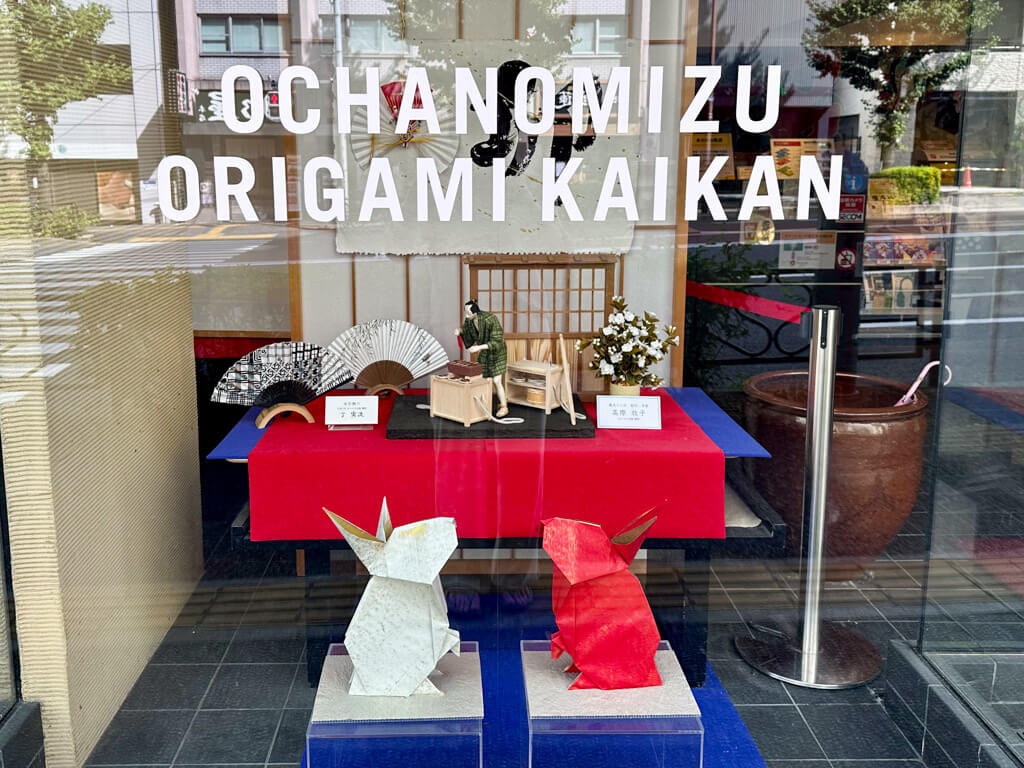The “National High School Baseball Championship” held every August is commonly known as “Summer Koshien,” and is a Japanese summer tradition that is looked forward to by not only baseball fans but also many people.
It has a long history of more than 100 years since its predecessor was held for the first time in 1915, and this year marks the 105th commemorative event after a break during the war. The representative schools that make it through the qualifying tournament, in which over 3,500 high schools across Japan participate, will compete to be the best in Japan in a tournament format. This year’s tournament was even more exciting than usual as Keio High School, a prestigious school with a long history of representing Kanagawa Prefecture, won for the first time in 147 years.
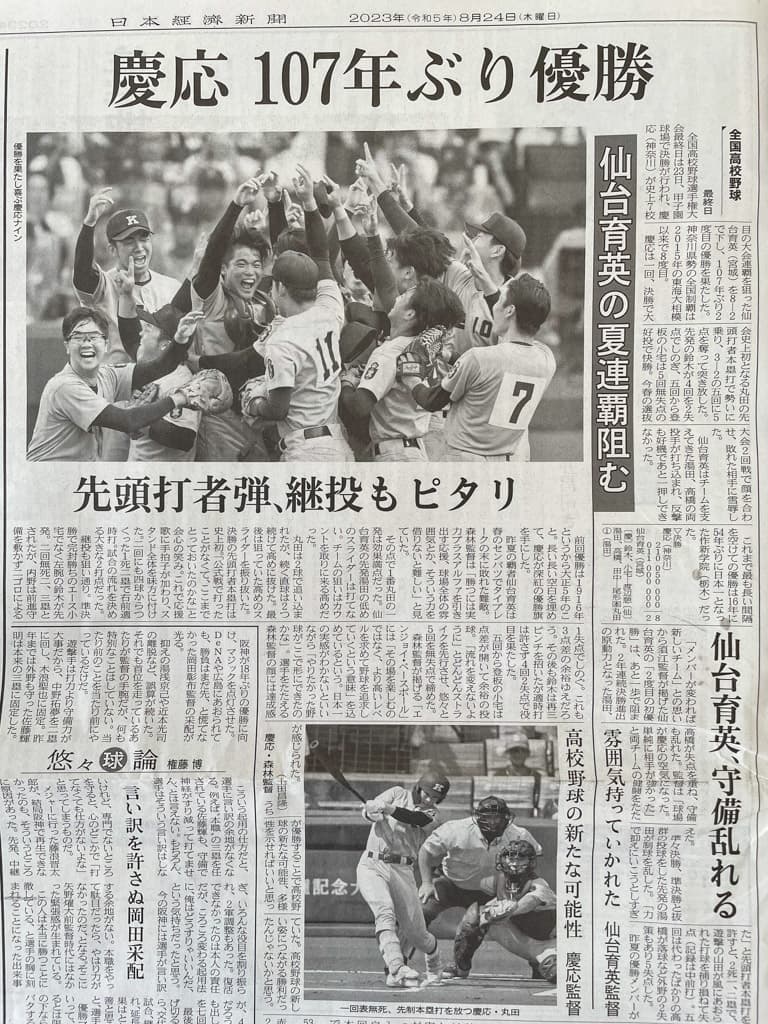
Clark Memorial International High School was the representative school in Hokkaido that won the preliminaries at this summer’s Koshien. It is a unique high school that opened in 1992 and mainly uses a correspondence system.
This school is also focusing on sports development, and the new baseball team, founded in 2014, participated in the school for the second time and achieved its first victory at Koshien as a correspondence high school. Unfortunately, in the second round, they lost to Hanamaki Higashi High School, the alma mater of Shohei Otani, who is currently playing an active role in the Major League Angels, but it was a great performance.
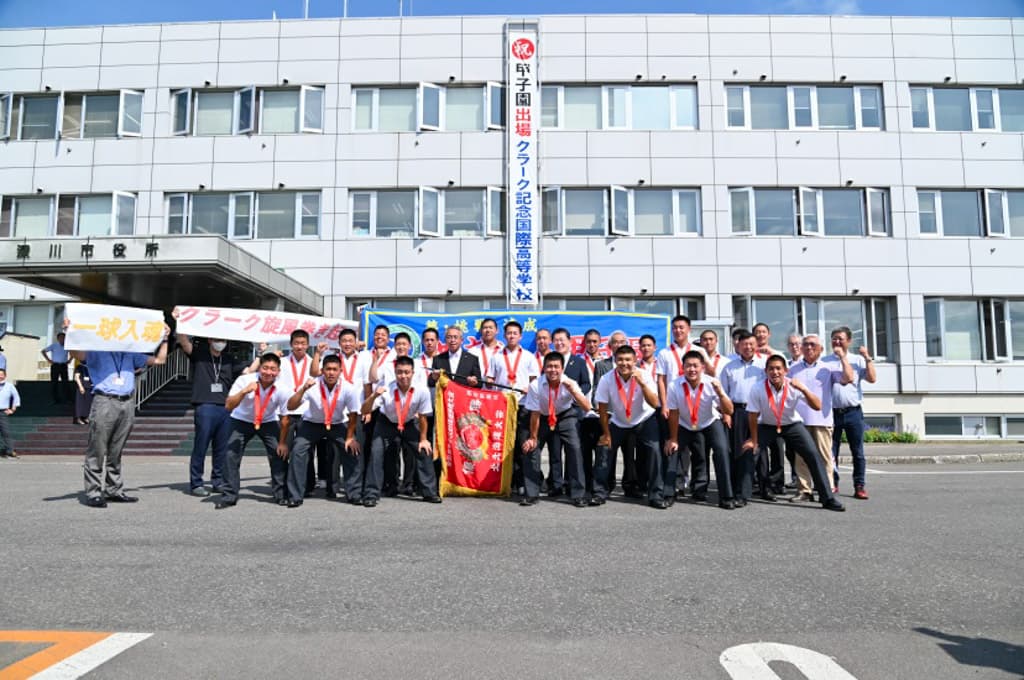
The baseball team is led by the General maneger Mr. Sasaki, a famous baseball coach who once led the powerful Komazawa University Iwamizawa High School to Koshien many times. When that high school closed in 2014, he became the general manager of the Clark Memorial International High School baseball team.
The school’s honorary principal is Yuichiro Miura, a famous mountaineer and skier who is the world’s oldest person to climb Mt. Everest at an altitude of 8,848 meters, and who reached the summit of Mt. Fuji in a wheelchair this year at the age of 92 despite being disabled.
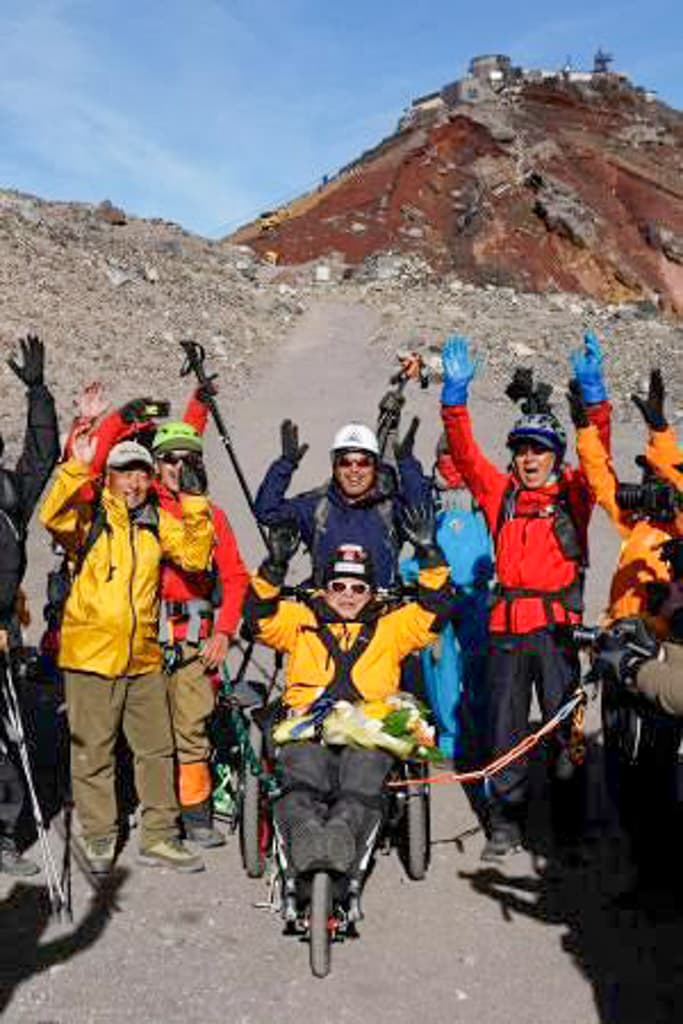
Mr. Miura’s alma mater is Hokkaido University (Faculty of Veterinary Medicine), but the school has its roots in the Sapporo Agricultural College, which was established in 1876 to train leaders for the development of Hokkaido.
The first principal of the agricultural school was William Smith Clark, president of Massachusetts Agricultural College in the United States. When he was teaching in the United States, the first Japanese student to study abroad was Jo Niijima, who would later go on to found Doshisha University in Kyoto, and through his introduction, he received an enthusiastic request from the Japanese government.

Dr. Clark took a year off from university in Massachusetts and came to Japan, where he set an example and provided a disciplined and rigorous education, and it is said that the development of Hokkaido made dramatic progress with the latest agricultural techniques he taught.
“Boys, be ambitious!” (Boys, be ambitious like this old man), which he is said to have shouted from his horse to his students as he returned to the United States, has been passed down widely to this day as a symbol of Hokkaido’s pioneering spirit. Also, he carved his name into history as the “father of Hokkaido development”.
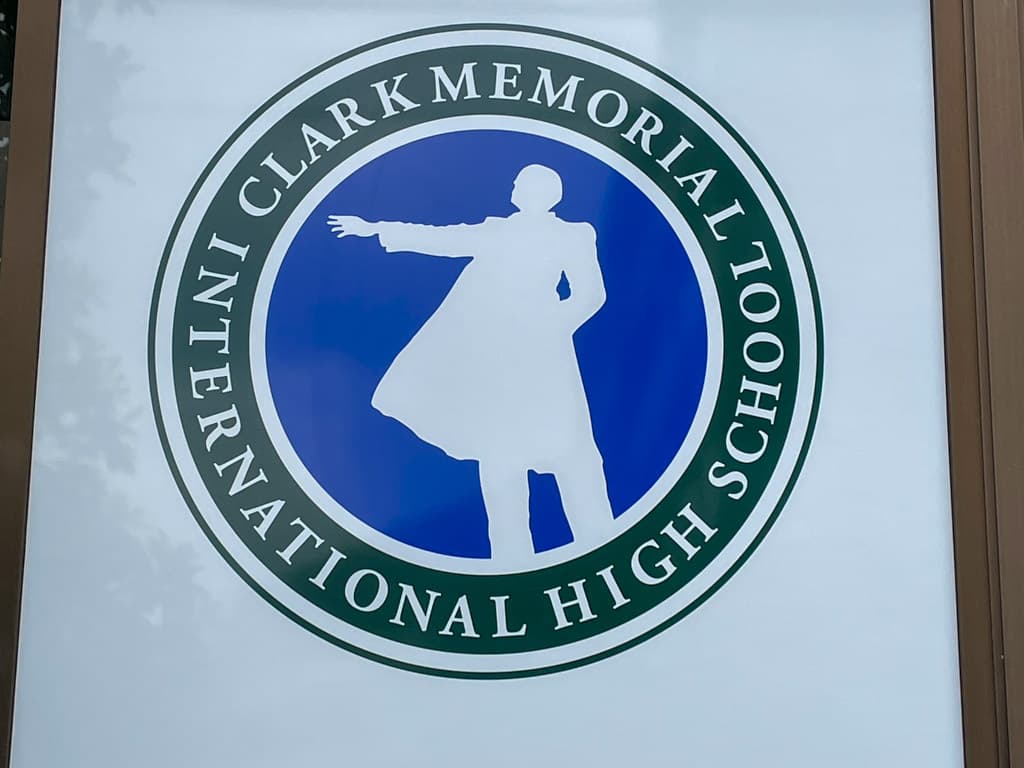
“Clark Memorial International High School” bears his name in order to inherit his independent spirit as an educational philosophy.
On the other hand, it is Kitahiroshima on the outskirts of Sapporo where Dr. Clark left his famous words and parted ways with his students, and there is a Clark Country Club named after him.
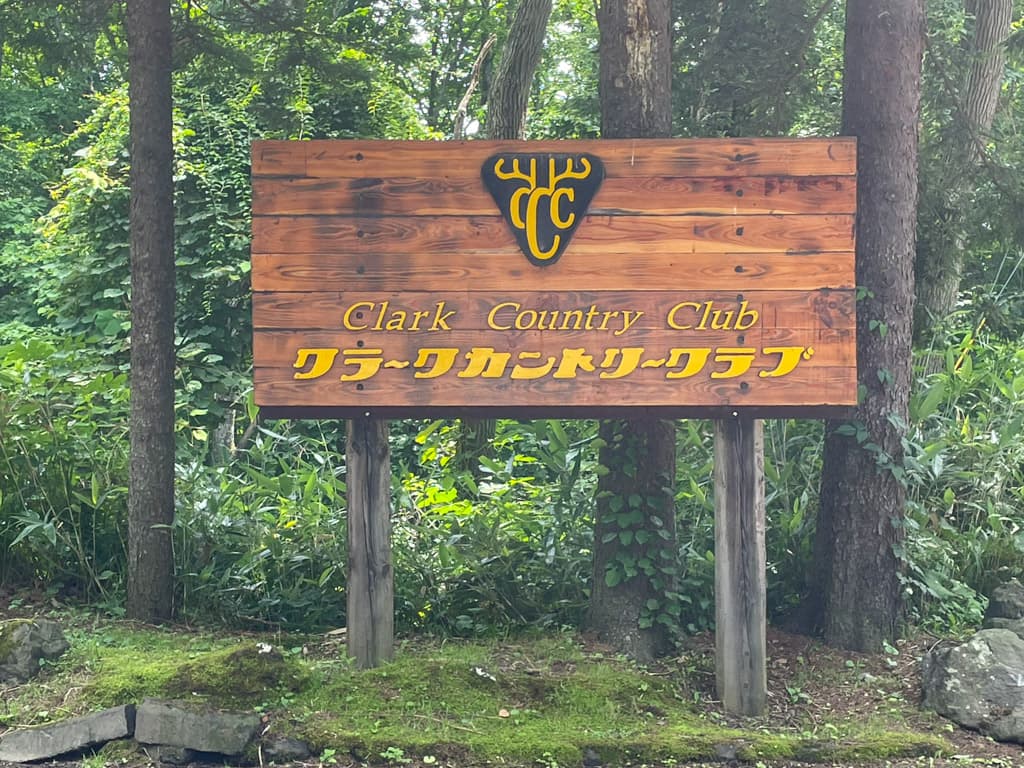
This is a historic course that was opened in 1973 by the Nippon Paper Group, a leading company in the local paper industry, and is celebrating its 50th anniversary this year. The clubhouse and other buildings remain as they were back in the day, giving you a sense of history. The course was designed by Hochi Akira, but the course is supervised by Torakichi Nakamura, a former great player who is inducted into the Golf Hall of Fame.
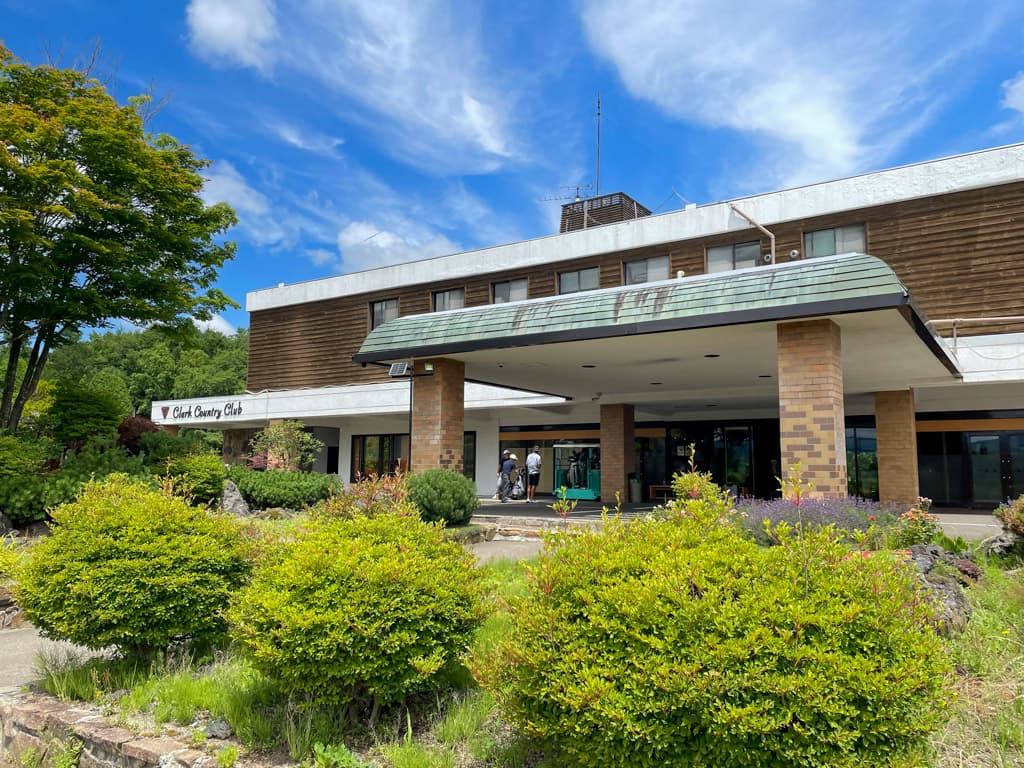
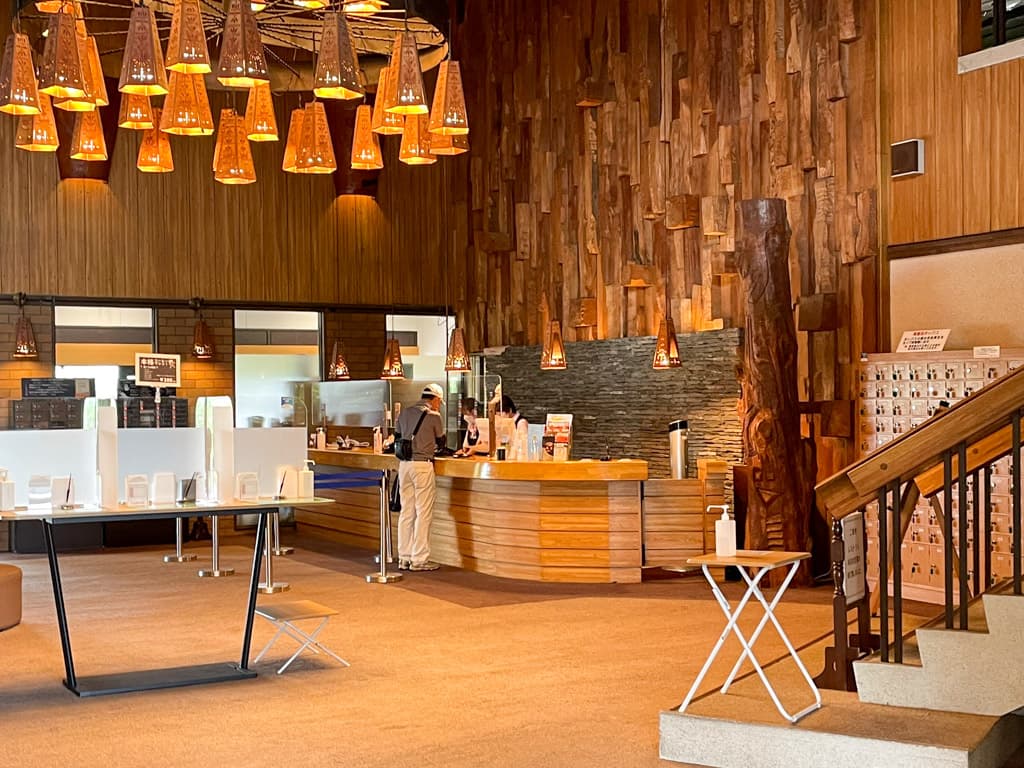
A total of 27 holes are spread out over three courses (East, Central, and West) on a gentle hill that has been carved out of a vast pine forest typical of Hokkaido. All three courses have a magnificent scale, and although there are few major ups and downs, there are moderate undulations, and the layout is rich in strategy, so you will be required to play with a sharp balance between attack and defense. The green is particularly difficult because it is large and has a complicated slope, so depending on the location of the pin, you may need to be prepared for more than two putts.
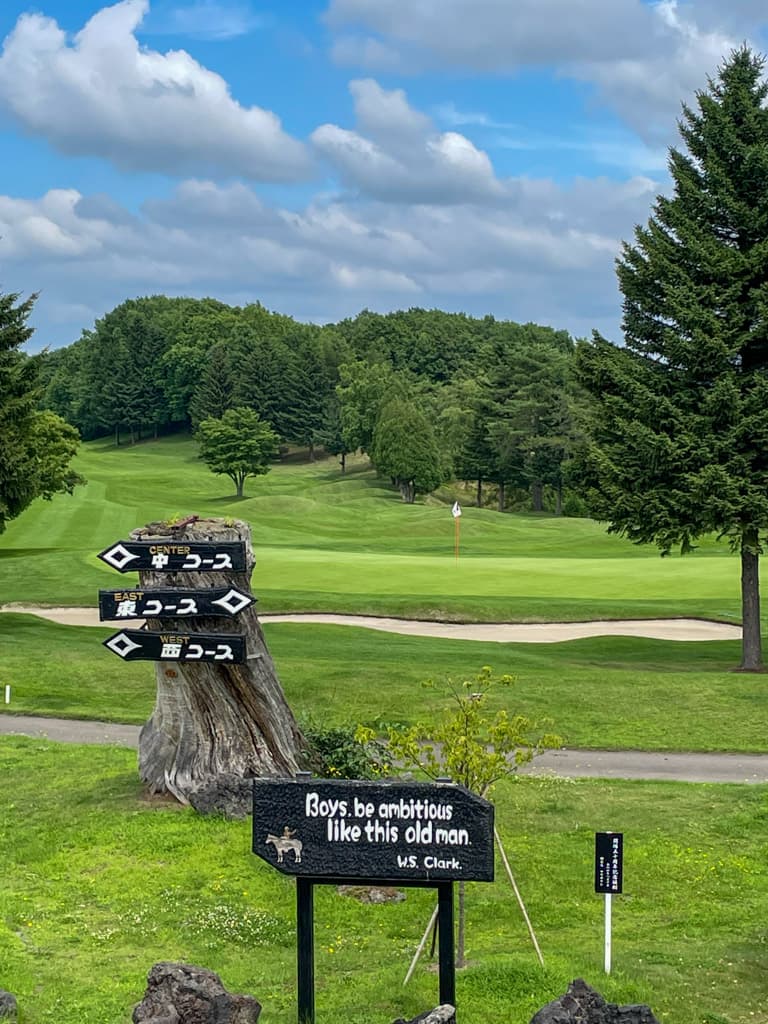
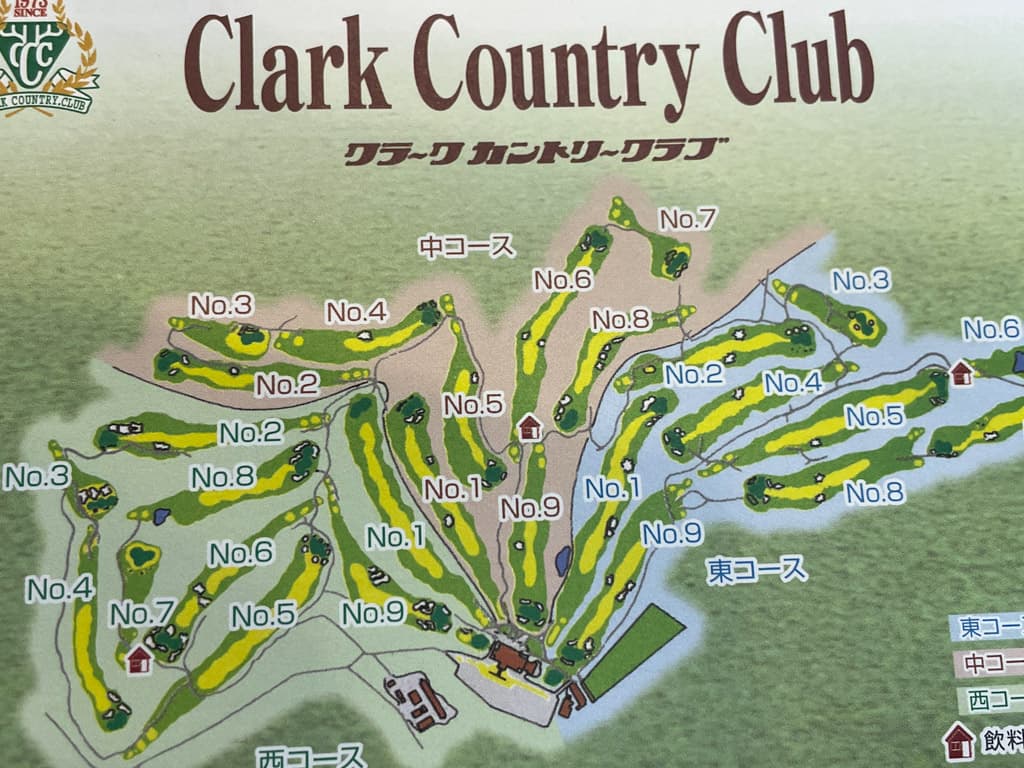
The West Course has a total length of 3,278 yards, and the first hole starts as a par 5 (509 yards) that curves to the right. There are tall trees on both sides of the teeing area, so you will feel a bit of pressure, but from your second shot onwards you will be hitting from the wide fairway.
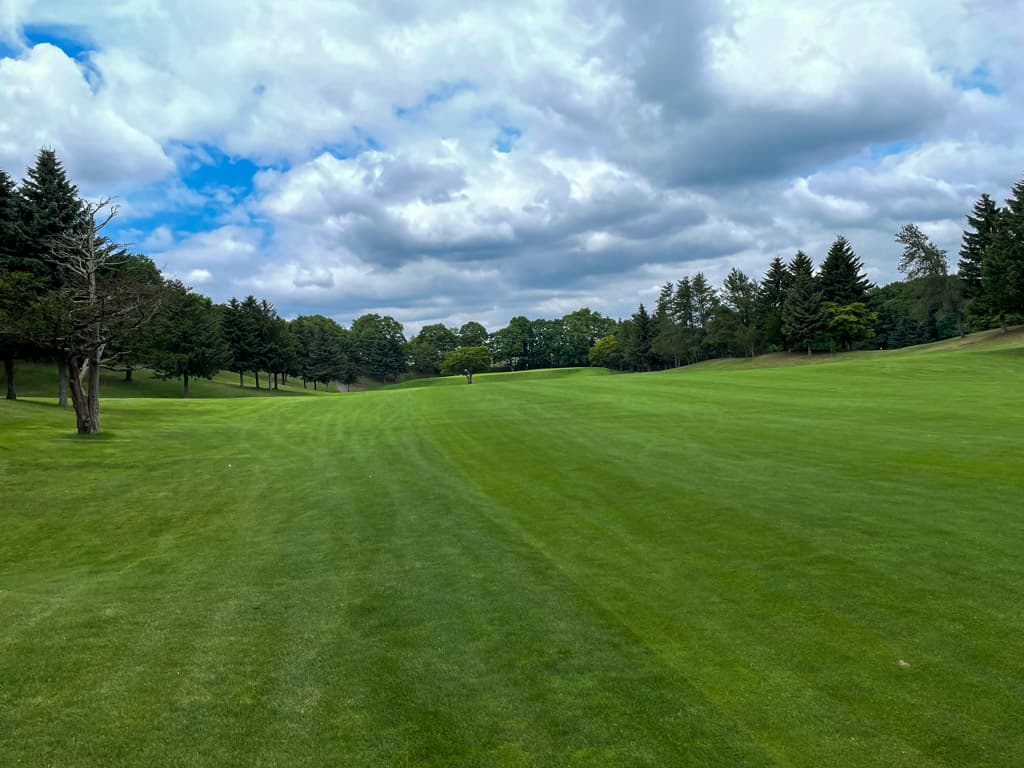
The second hole (419 yards) is a relatively long downhill par 4 hole. You can see all the way from the teeing area to the green surface, so you can hit a comfortable tee shot. There are three large bunkers in front of the right side of the green, so go from the left side.
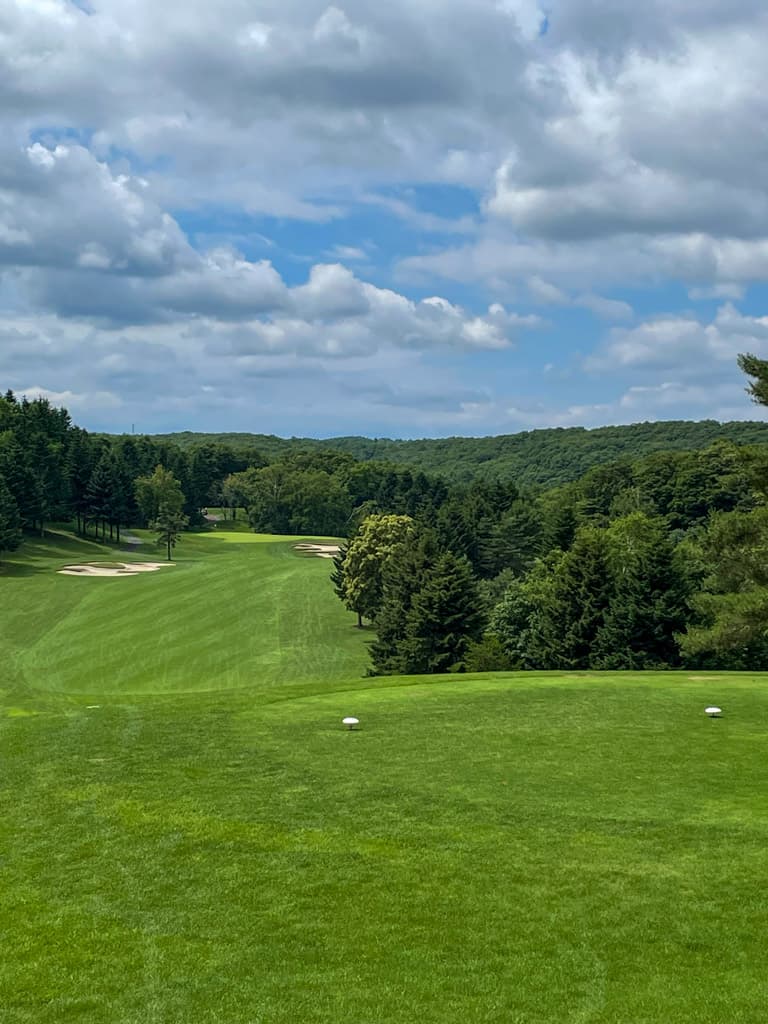
The third hole is a par 3 hole with an uphill pitch of 142 yards. The guard bunker is deep and the green spreads from side to side as if three greens are connected, so you need to think about the landing spot when hitting the tee shot.

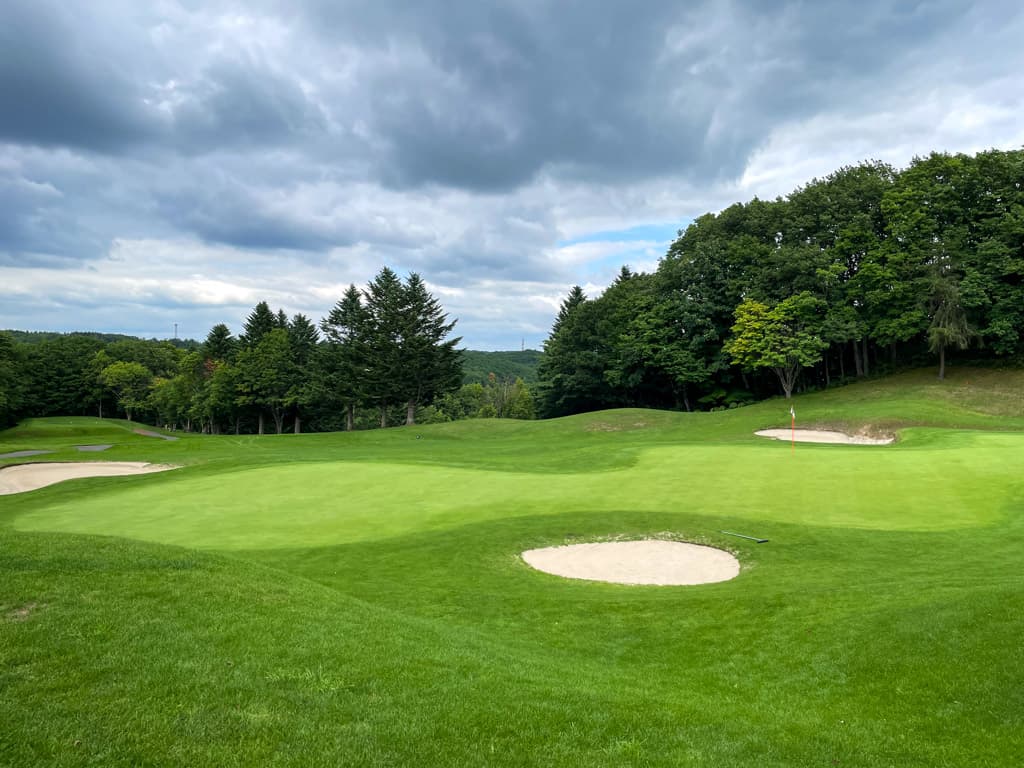
The 4th hole is a 388 yard par 4 that curves to the right. If your tee shot is not at least 200 yards, you will not be able to hit the green on your second shot. Also, the green is large, so depending on the location of the pin, it can be difficult to get a feel for the distance of your putt.
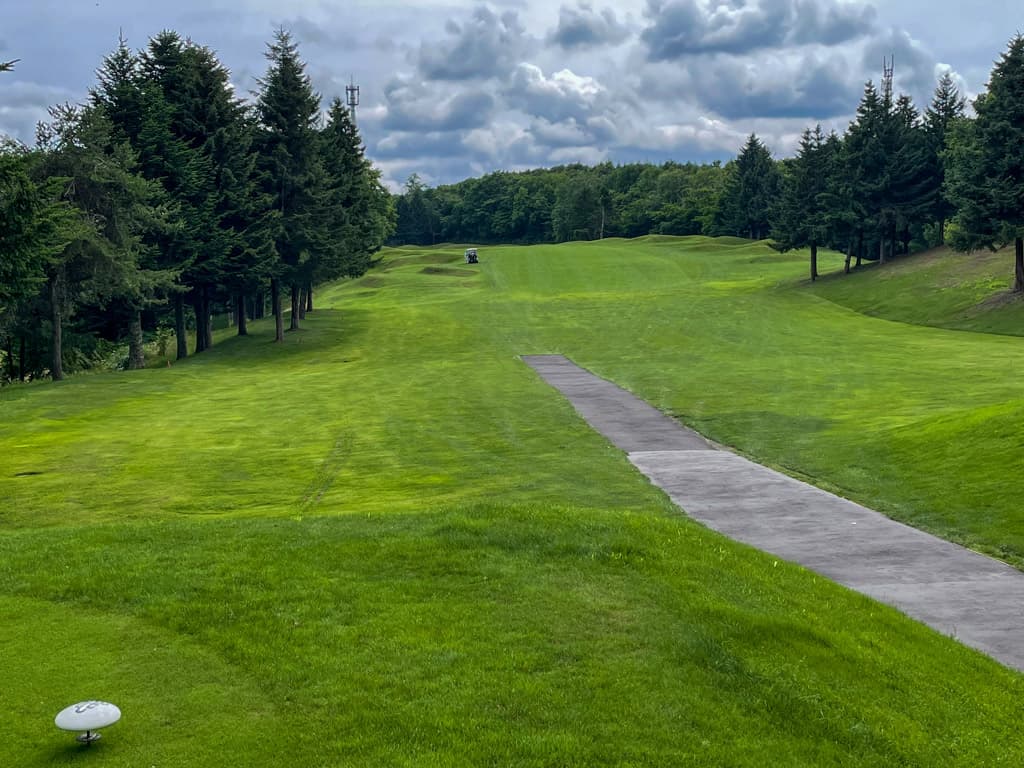
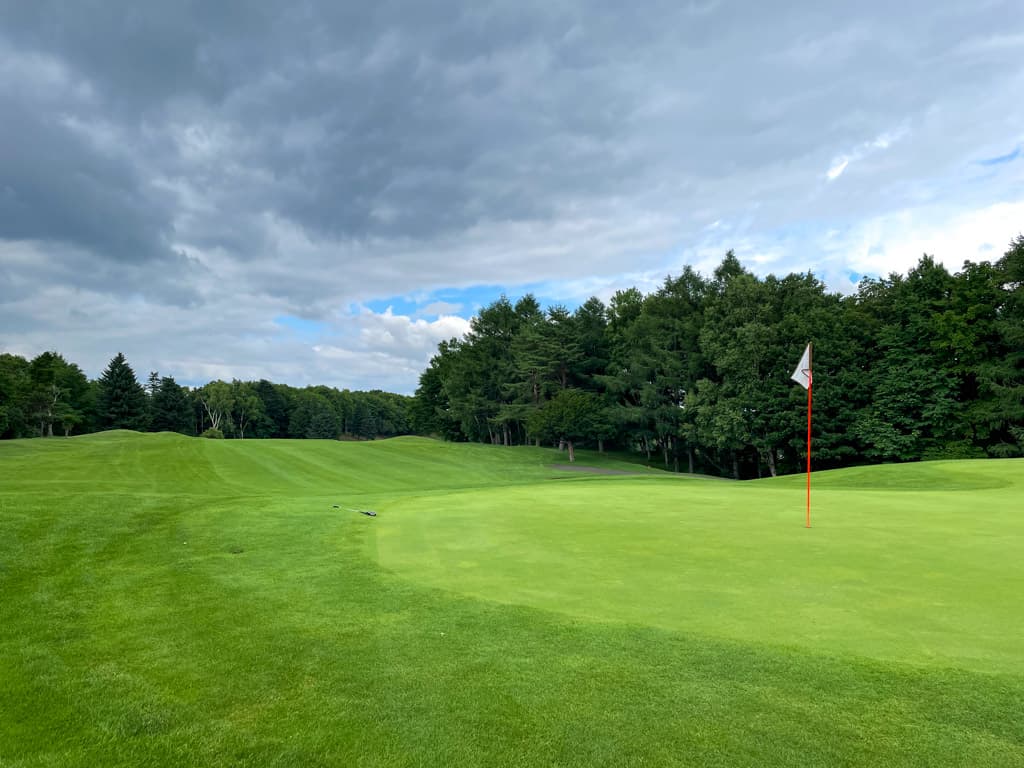
The 5th hole is a 526 yard par 5 hole. It’s a little downhill from the teeing area, but it’s uphill from the front of the green, and there are eight guard bunkers lined up around the green, so you’ll need to be very careful when hitting your approach shot.
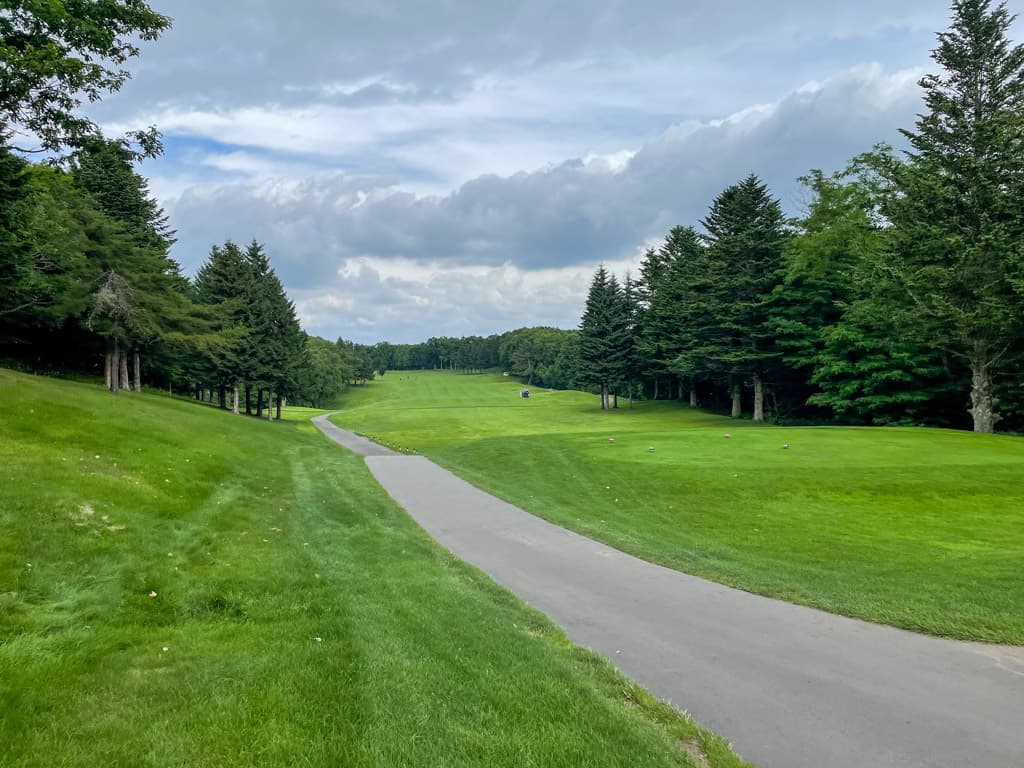
The 6th hole is a 363 yard par 4 hole. The shot is downhill from the teeing area, but there is a tall tree in the fairway in front of you, which requires a shot that goes over it. There are also two large cross bunkers 100 yards in front of the green that block the fairway, so be careful.
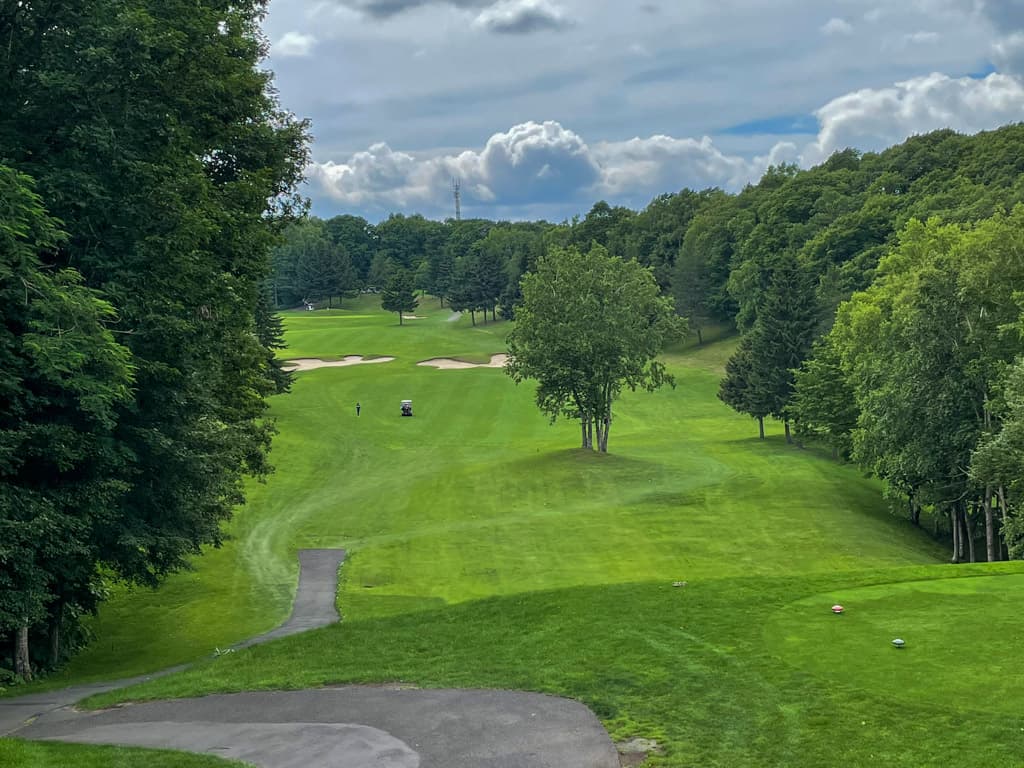
The 7th hole is a relatively long par 3 hole of 193 yards. Although it is spacious and has no bunkers, the green is large and has severe undulations, so it is not an easy hole to get a par.
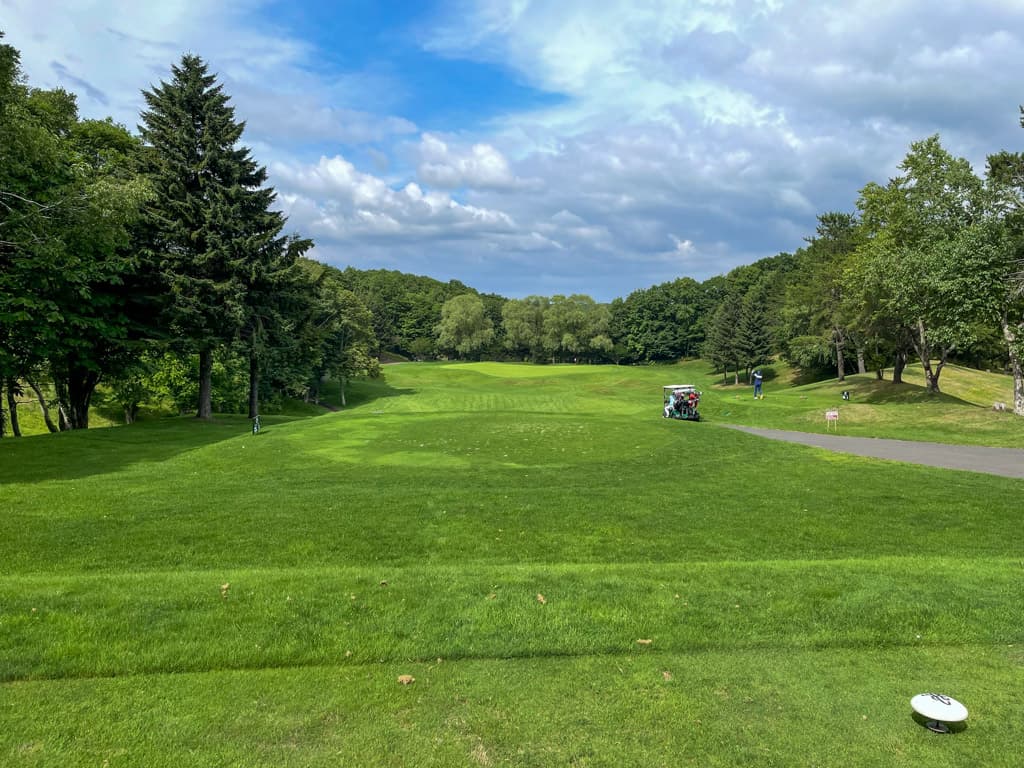
The 8th hole is a straight and relatively short par 4 hole of 359 yards, but there is a pond and a grove of trees in front of the teeing area, so you can feel the pressure. The green is nearly 50 yards long and surrounded by four large guard bunkers, requiring accurate approach shots.
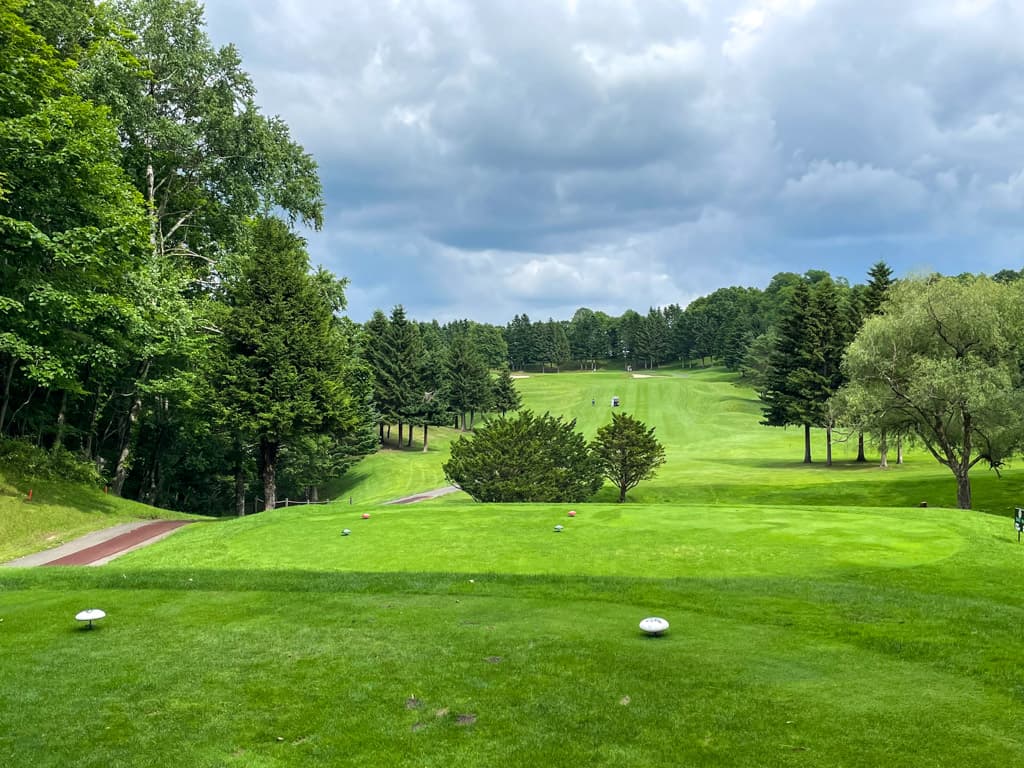
The 9th hole is a par 4 hole of 379 yards that curves sharply to the left from around 200 yards. There are 3 cross bunkers on the corner around 180 yards, so you need to go from the right side. The cross-shaped green is double guarded by six large bunkers, and the fairway is narrow, so approach shots must be taken carefully.
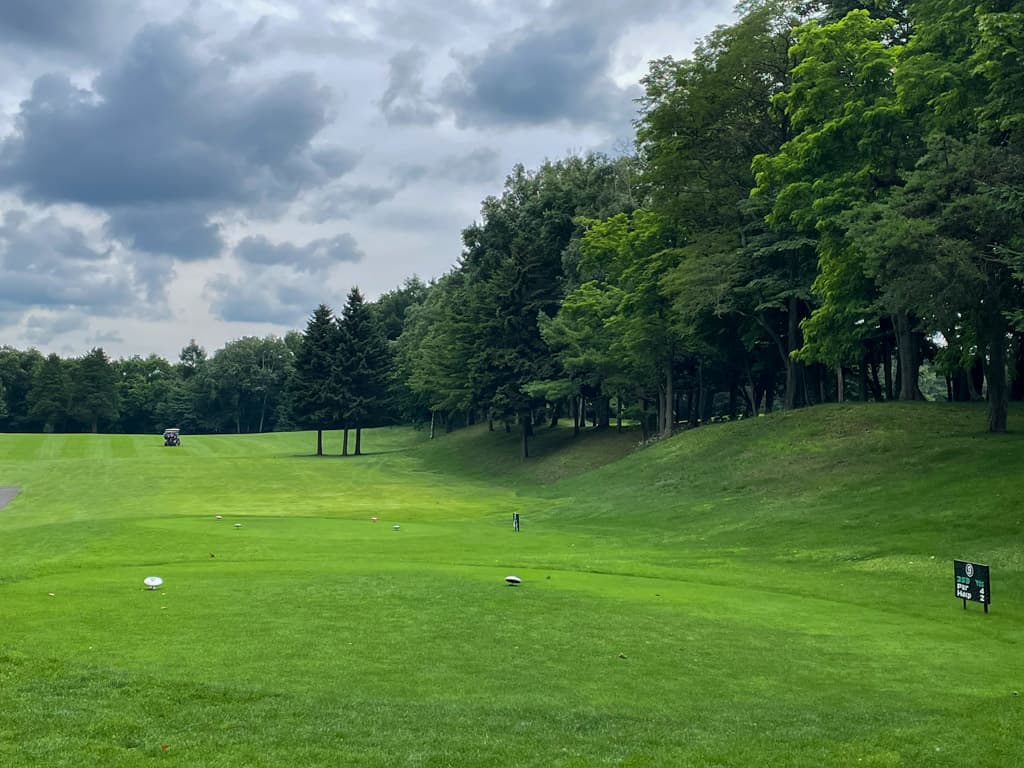
The East Course is 3,306 yards long and has several par 4 holes over 400 yards, making it a majestic course typical of Hokkaido.
The first hole begins as a par 5 with a 532-yard fairway that forms an S-shape, but the course is flat and spacious, allowing you to play the hole freely without feeling pressured. There are two cross bunkers on the right around 220 yards, so be careful, but there is only one guard bunker on the left.
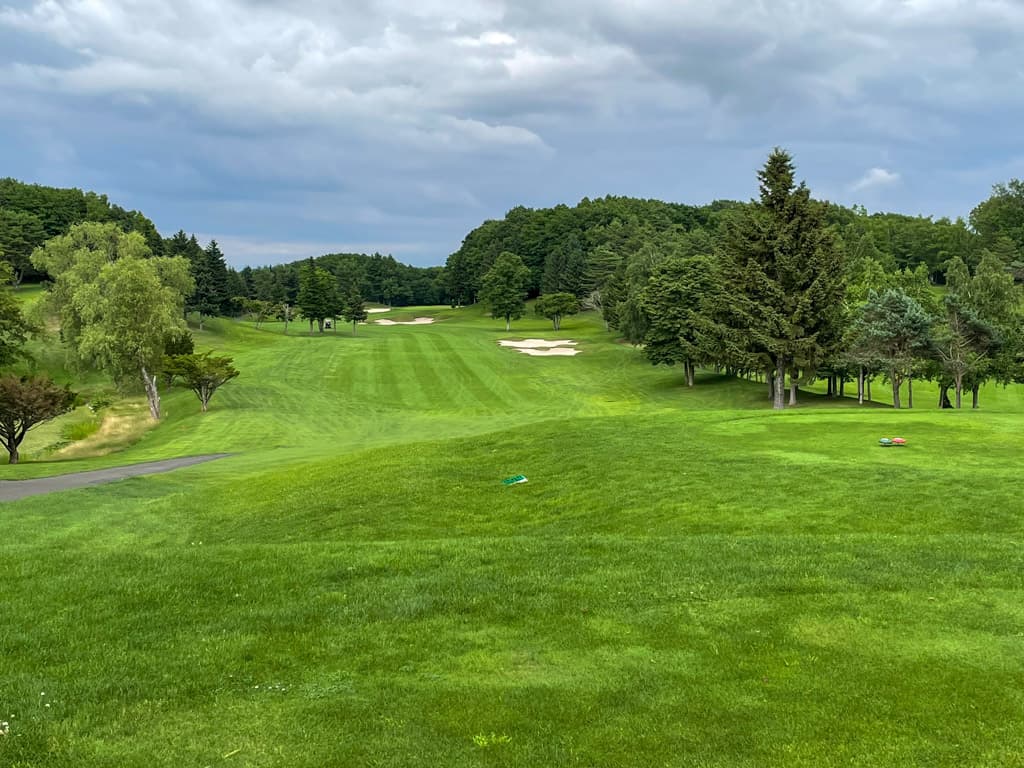
The second hole is a 398 yard par 4 hole. The fairway here is wide and straight, and there are three guard bunkers on the left side of the green, but there is only a glass bunker on the right. The large vertical green, 44 yards long, is divided into three tiers, so you need to carefully check the approach distance depending on the pin location.
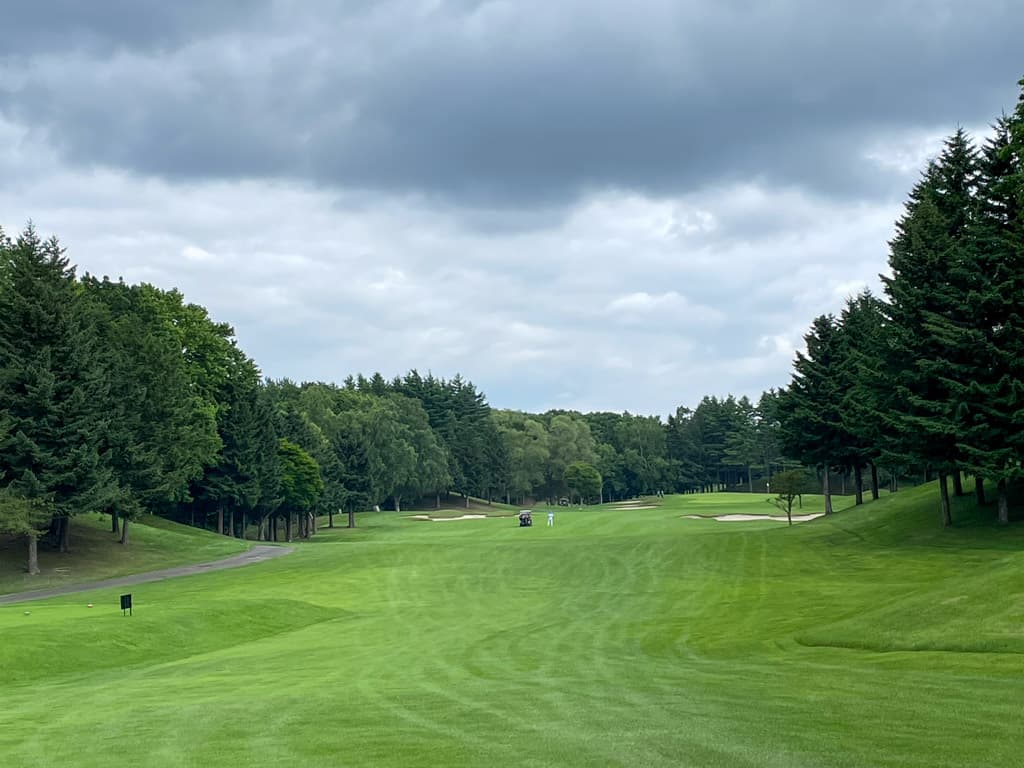
The 3rd hole is a difficult par 3 hole with a long distance of 194 yards over a valley. Moreover, since it is uphill, the tee shot must be long enough, and the green is vertical and 47 yards long, so it is not easy to get a par.
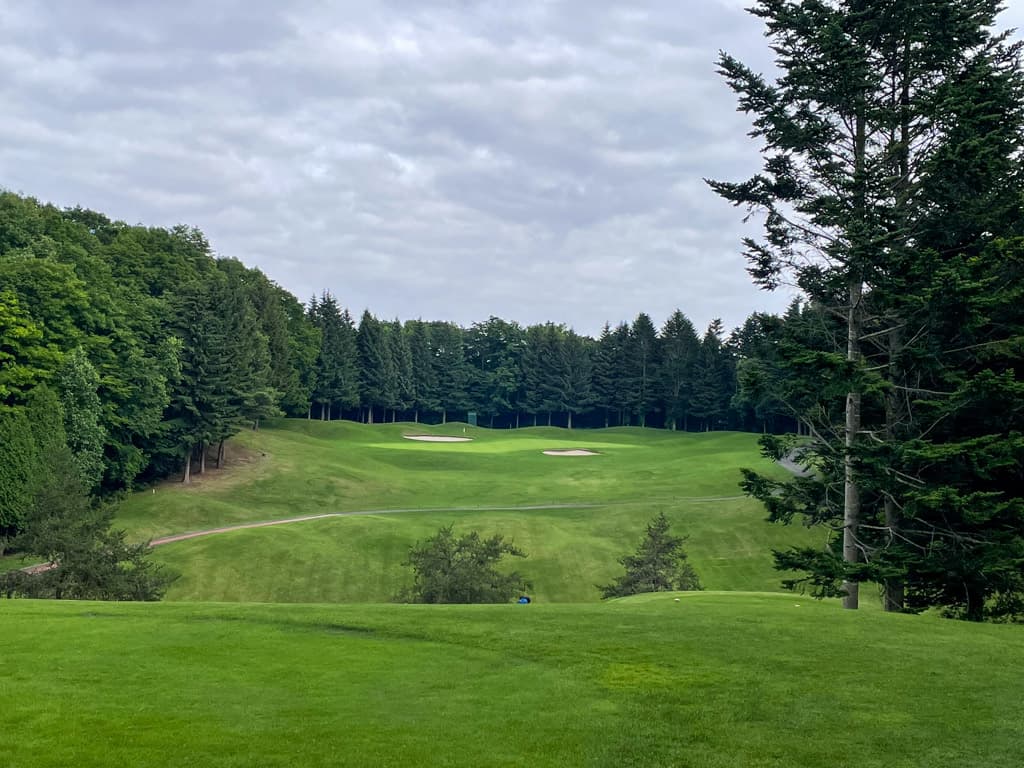
The 4th hole is a relatively long par 4 hole at 400 yards. The fairway is wide, so you can hit the ball freely, but instead of forcing yourself to hit the 2nd shot, leaving your approach shot at your preferred distance will help you score.
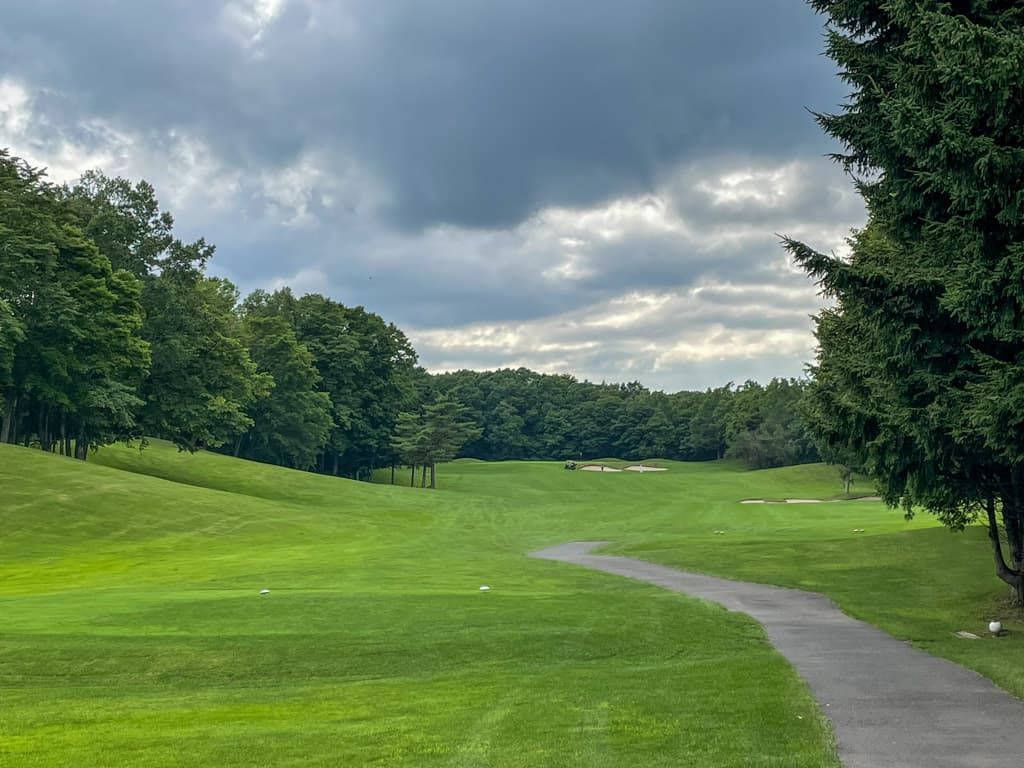
The 5th hole is a 530 yard par 5. The fairway is straight, but as you approach the green, the left and right sides narrow down, and there is an OB on the left, so be careful. The green is long from left to right, but aim from the middle if possible.
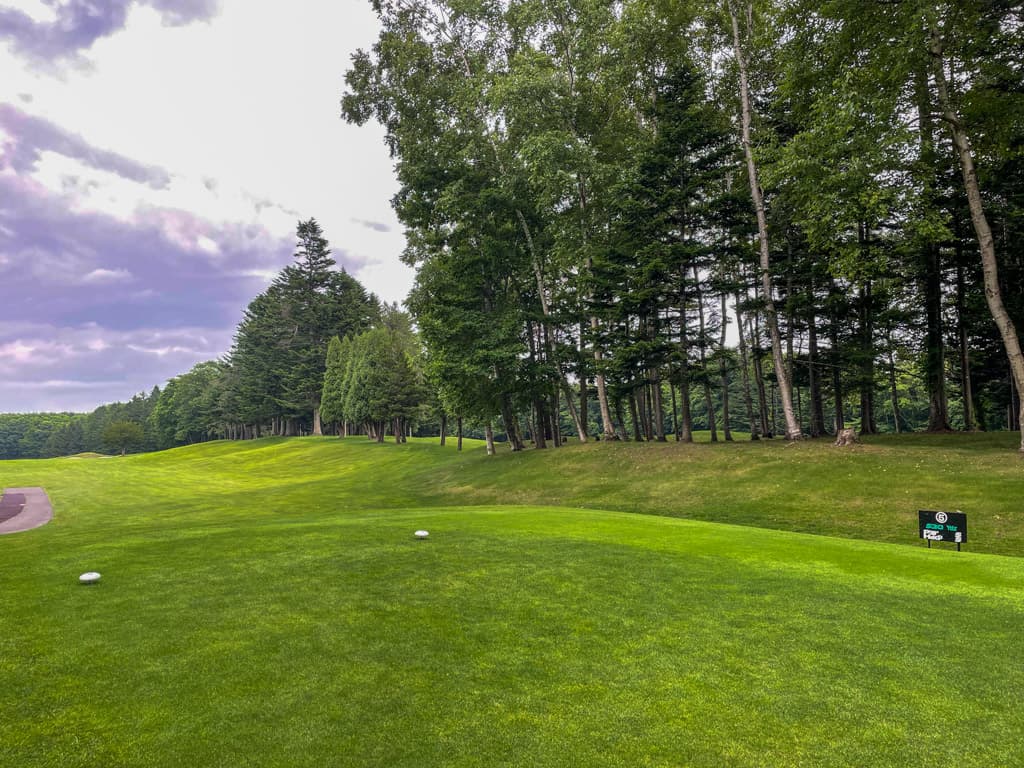
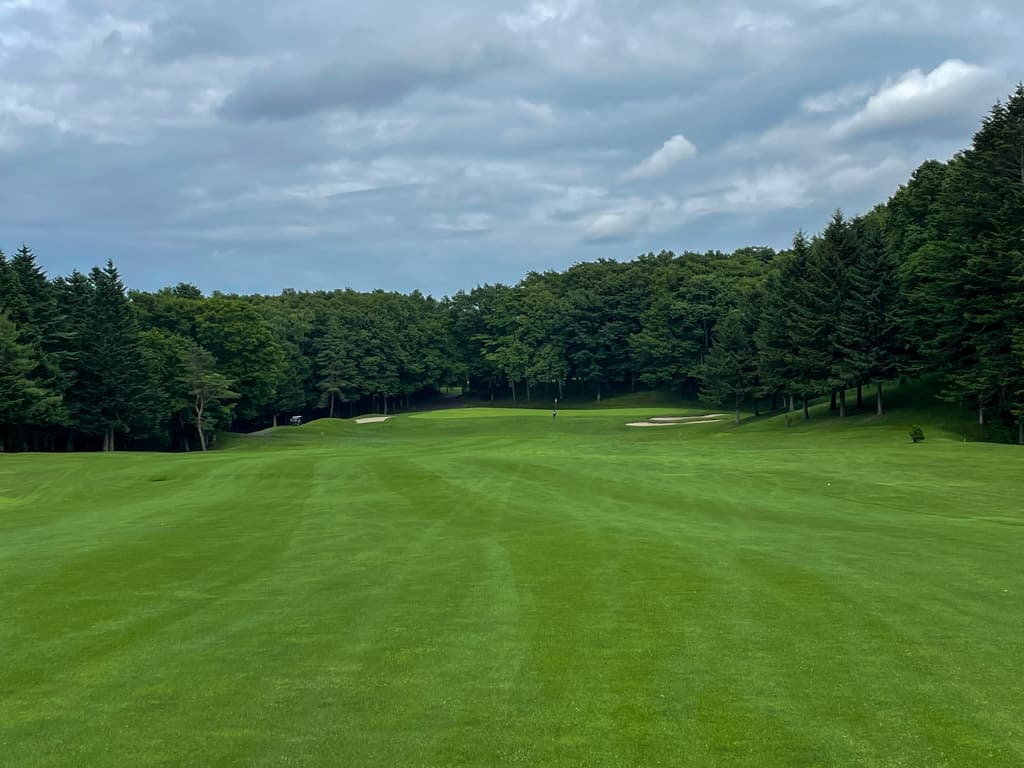
The 6th hole is an impressive short hole of 139 yards over a lake. The pond extends all the way to the left and right of the fairway, and there is almost no escape route, so the tee shot requires an accurate sense of distance and direction.
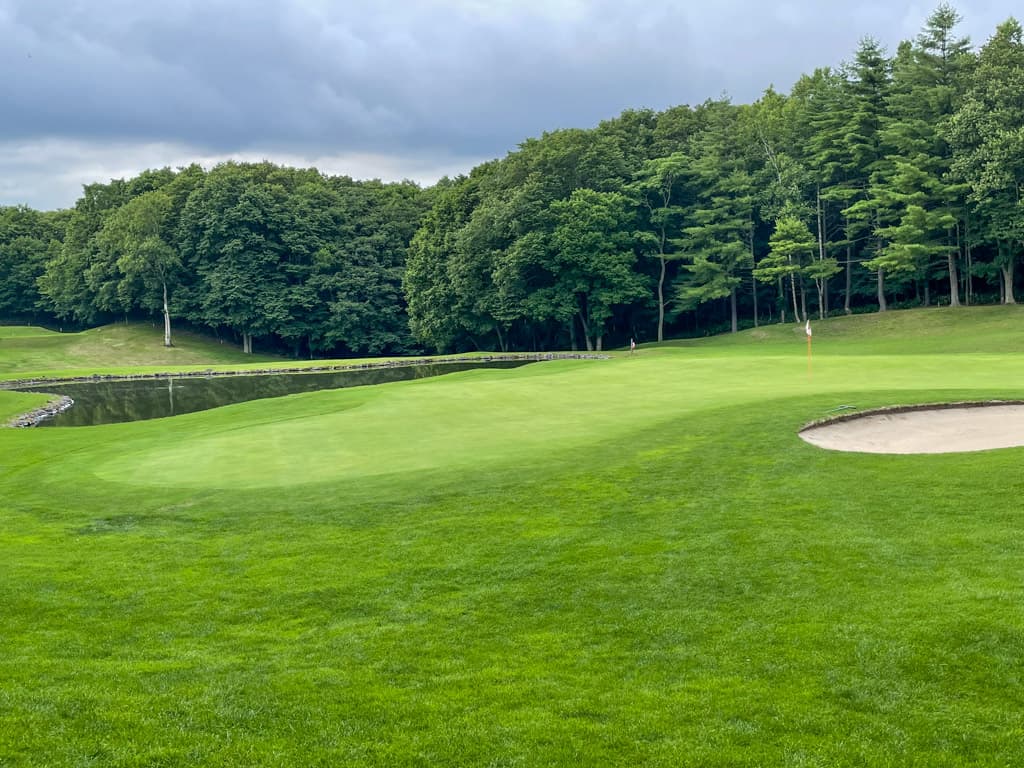
The 7th hole is a relatively short par 4 hole of 337 yards. The fairway is straight, but there are trees on the way to the green that block your shot. Additionally, the green slopes sharply to the left, and three bunkers await you ahead of it, making this a formidable hole.
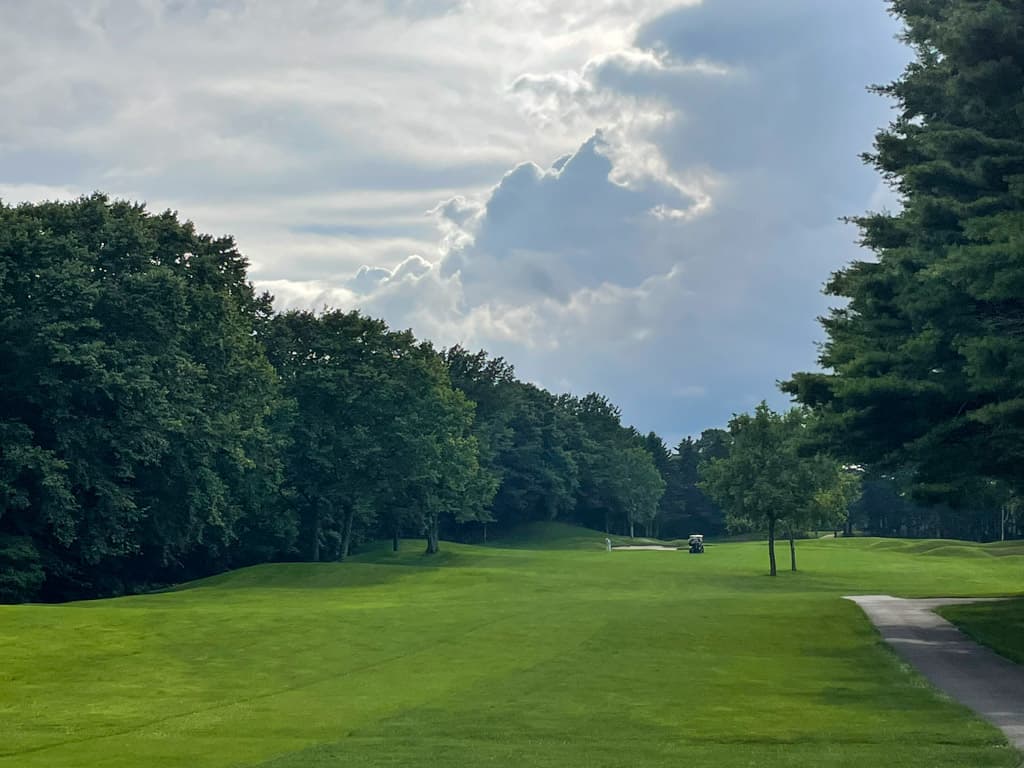
The 8th hole is a par 4 hole with a teeing area divided into two by the tees used. The green is uphill and in the shadow of a grove of trees on the right, and there are three guard bunkers in front of it, making it a difficult hole to approach.
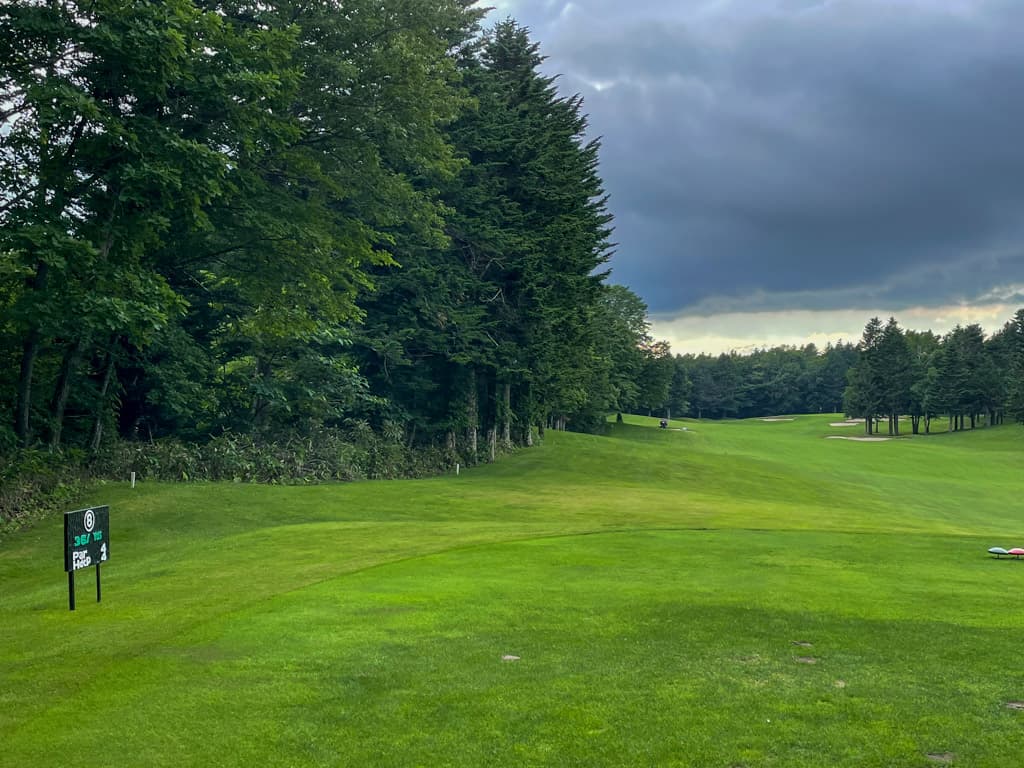
The final 9th hole is a 396-yard downhill hole with a great view. There are bunkers on both sides around 200 yards and an OB on the left, so you need to be careful when hitting the tee shot.
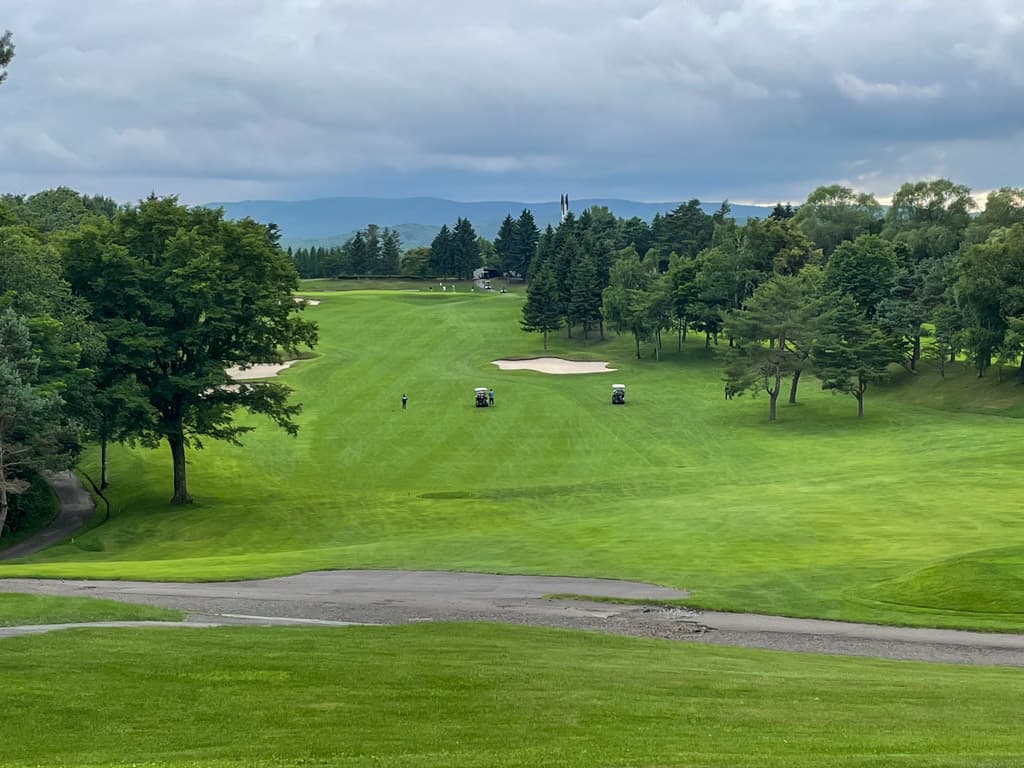
Basically, all the holes are spacious, typical of Hokkaido, but the rough is deep, the greens are large, and there are many undulations, so it’s not easy to get a good score. However, when you play in a magnificent scenery, you will feel so refreshed that you won’t even care about the score.
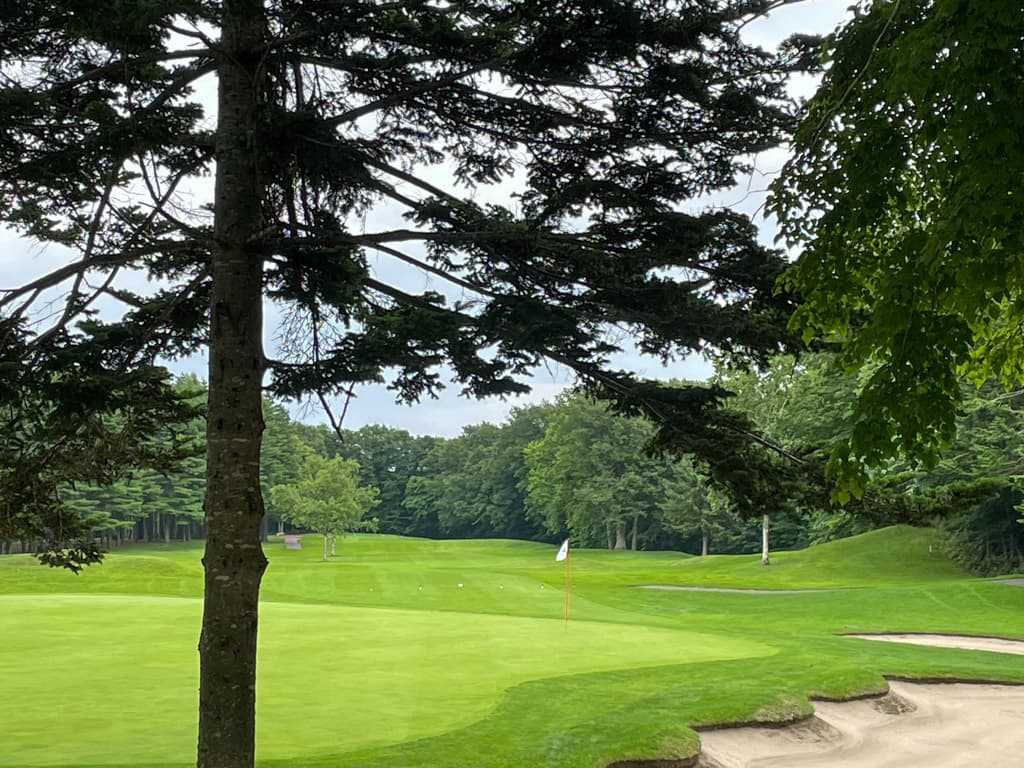
In Hokkaido, golf is generally played through 18 holes, so after you finish playing, you can enjoy a leisurely meal at the clubhouse restaurant where you can feel the warmth of the wood.
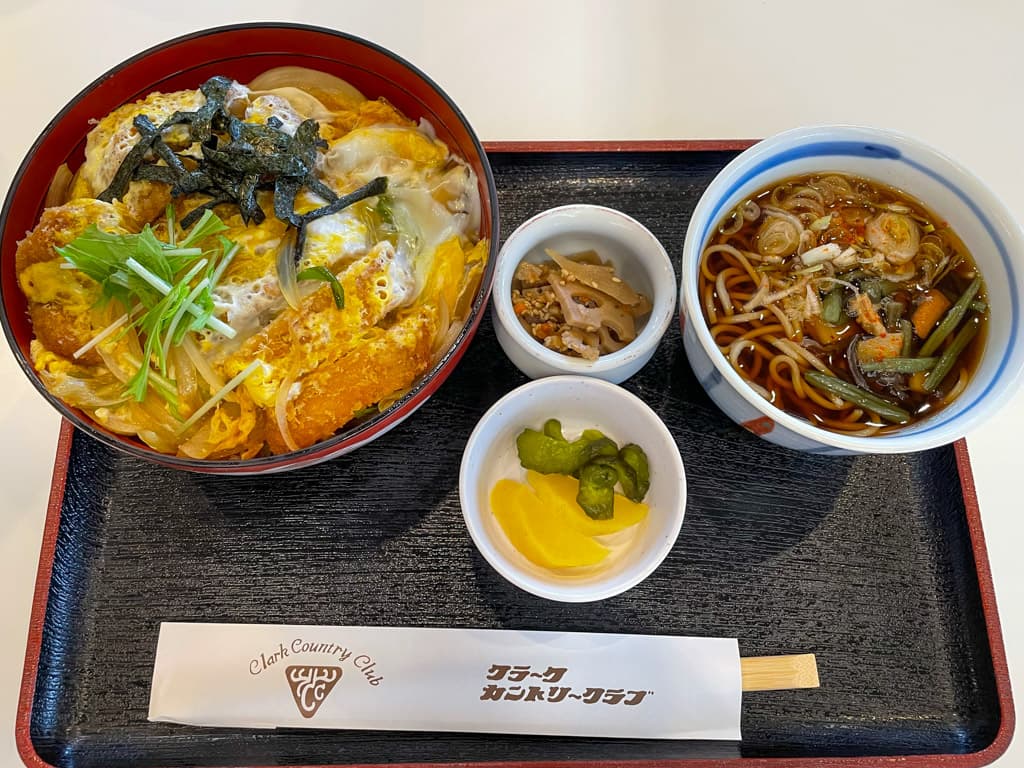
With easy access from Chitose Airport and Sapporo City, this is a course where you can easily enjoy a comfortable golf game. Please be ambitious and enjoy golf.
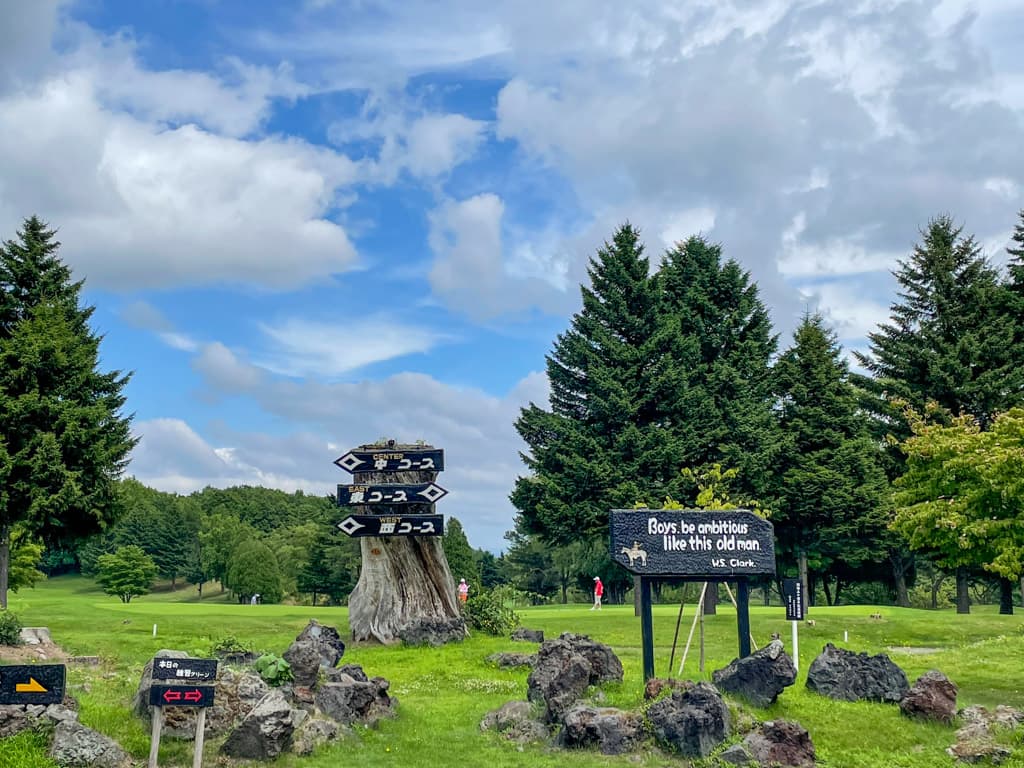
Clark Country Club
| Address | 113 Mishima, Kitahiroshima-city, Hokkaido |
| TEL | +81-11-377-3131 |
| Website | https://www.clark-cc.jp/ (Japanese ONLY) |


